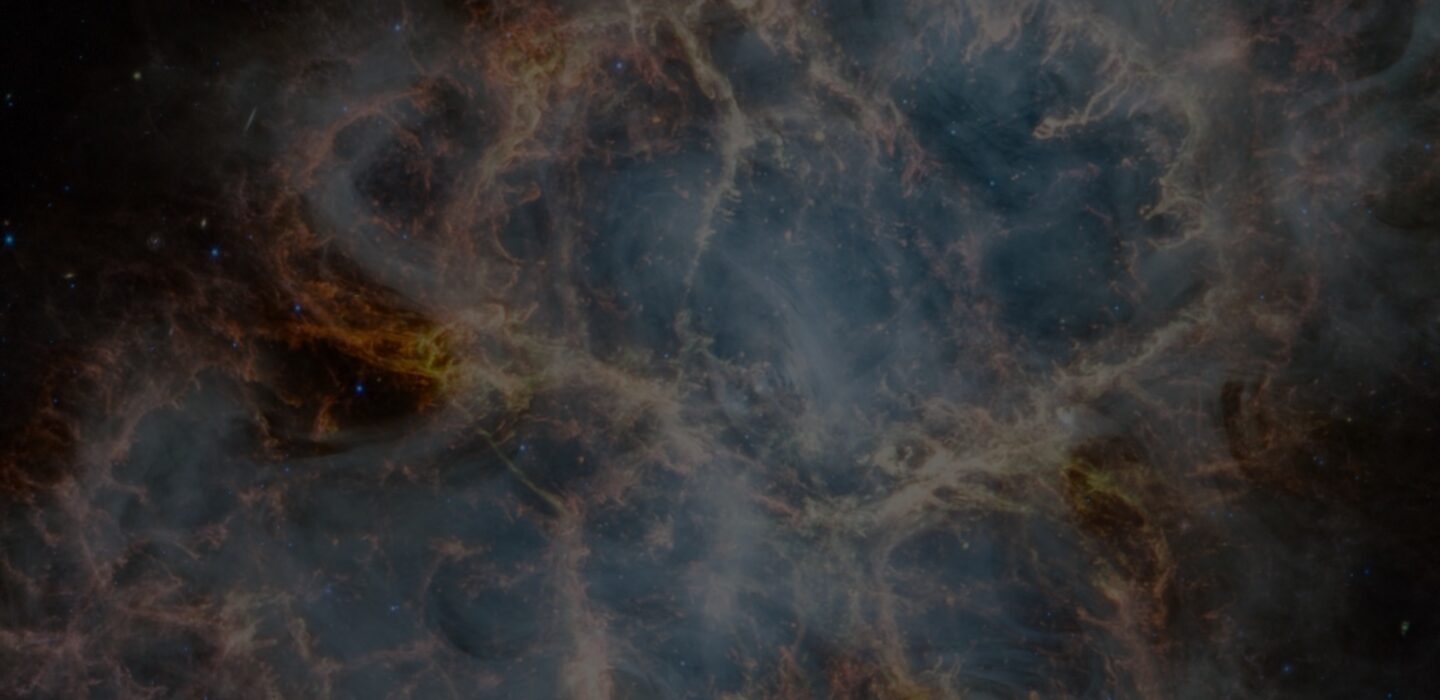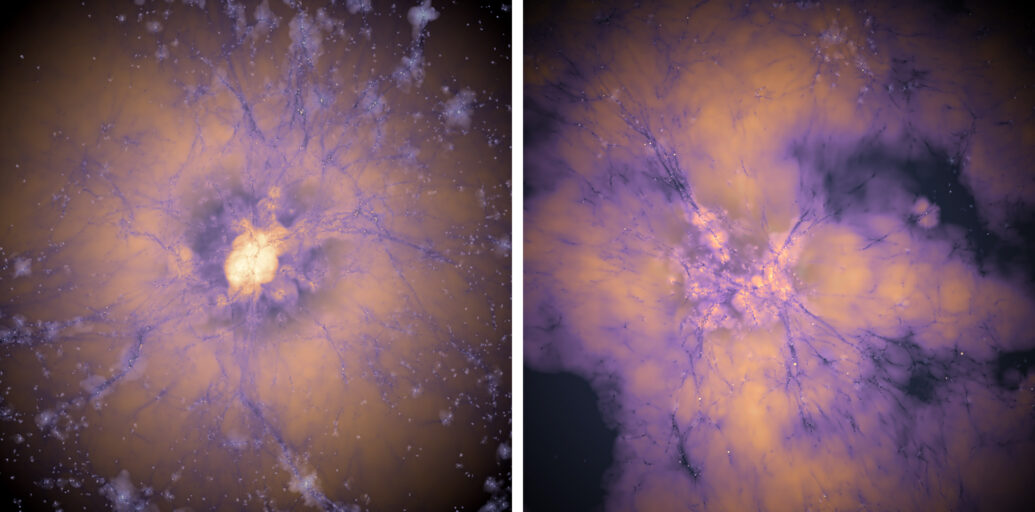New theory could explain two mysteries


JWST delivers a cosmic twofer
A decade-old theory addressing the “Hubble tension”—astronomer-speak for the yawning gap in measured rates of cosmic expansion in the distant, early universe versus the local, mature universe posits that a special kind of “dark energy” operated in the young universe, altering its expansion rate. In a recent study, MKI researchers show that this early-acting dark energy can also set the stage to yield JWST’s big galaxies.
“Our study shows that these two puzzles that have really been befuddling us might be pointing towards the same solution,” says study co-author Rohan Naidu, a postdoctoral researcher at MKI. “The early dark energy scenario becomes very interesting because it gives us a way to explain the craziest observations found by JWST, while also addressing the Hubble tension,” says lead author Xuejian (Jacob) Shen, also an MKI postdoc.
Neither Shen nor Naidu had been particularly versed in dark energy theories as they started contending with JWST’s eyebrow-raising galactic findings. Naidu worked on the front lines of the first observational studies from JWST that brought these confounding galaxies to light. “From the observational side, we've gotten much more detailed data on them, and it is now very clear that these galaxies are a bona fide class of galaxies,” says Naidu. “They exist in numbers that really are very uncomfortable for all the models that we had before JWST.”
Those models indicate that the galaxies unearthed by JWST should have taken billions of years to develop, rather than the mere five hundred million years after the Big Bang when JWST spied them. Shen approached this quandary from the theoretical end, seeking to devise plausible new models that, then run as computer simulations, could produce JWST’s whopper galaxies. In this endeavor, Shen and Naidu collaborated with Mark Vogelsberger, a fellow MKI member, as well as Sandro Tacchella, an astrophysicist at the Kavli Institute for Cosmology, Cambridge at the University of Cambridge.
Image credit: Josh Borrow and the Thesan team
Kavli Foundation
Press release
Paper